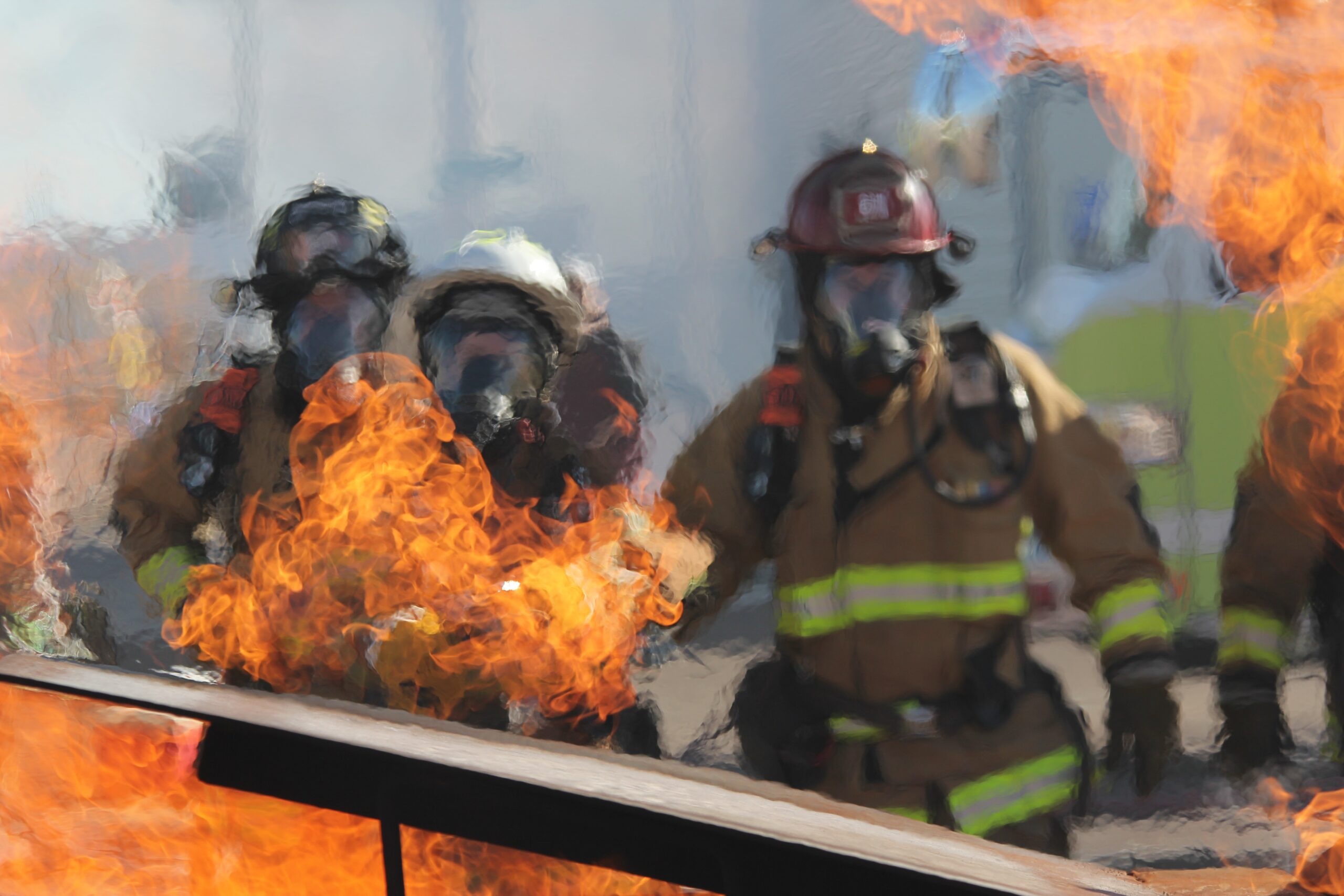A fire can happen anytime; one tiny spark can catapult into a catastrophic fire tragedy in split seconds. The recent massive fire at Serum Institute of India has drawn people and corporations’ attention to the importance of installing appropriate fire safety equipment to protect their crucial personal and commercial assets.
The fire at the world’s largest manufacturer of Vaccines on Jan 22 resulted in over Rs. 1,000 crores in collateral damage and the loss of five lives. The fire, which was started by an electrical spark in an under-construction building, became rampant and required numerous fire tenders, water tankers, firefighters, and other fire fighting equipment to put out the flames for several hours. Because of their effective fire safety plan and fire accident preparedness, the company was able to keep the fire from spreading to other nearby buildings. Furthermore, the installation of fire safety equipment in their other buildings would have prevented any further mishaps. Because such events cannot be predicted or prepared for in advance, fire safety equipment must be installed to protect one’s assets.
Fire incidents should not be viewed solely as a financial loss; they tarnish the company’s reputation in the industry, erode customers’ faith in the organization, and harm employee morale. This kind of suspicion leads to a reduction in sales. Accidents involving fires disrupt business operations and put employees at risk. To establish comfort with and reliability in clients, a company’s reputation should be synonymous with safety.
What is Fire Safety Equipment?
Fire Safety Equipment are devices or systems used to manage and control fires and the damage they cause. Every business must have adequate, fully functional fire safety equipment as a legal and moral obligation. To ensure the safety of all employees and workers in a fire, the government has made this a mandatory requirement.
Why is Fire Safety Equipment Required?
In some circumstances, early fire control and isolation can save the workforce and resources in hazardous situations. The installation of fire safety equipment is critical for reducing these dangers.
Because of the nature of the work environment or the manufacturing processes used, particular industries are more prone to fires. Human casualties are much higher when fires occur in hospitals, hotels, cinema halls, museums, and other places where people are unfamiliar with the premises. Even with practical fire escape routes, this poses a risk to evacuation and rescue operations. A fundamental aspect of building a workable fire safety plan is to introduce measures informing the location where the fire started and address the installed active fire control systems.
Leading Causes for Fire Hazards in the Industry
Any spontaneous fire in industry causes a net income depreciation. In addition, repairs and replenishment costs required for the destroyed property negatively impact the company’s net profit.
- Electrical fire hazards like overloaded outlets, damaged or overhanging power lines and exposed wiring.
- Flammable liquids like solvents, paint thinners, gasoline etc.
- Compressed Gases.
- Hot work like Welding, soldering etc.
- Overheating of equipment and machinery.
- Flammable raw ingredients and combustible dust.
Types of Fire Safety Systems
In India, there are several different types of fire safety systems. Each system is designed for different kinds of fires and environments. The choice of appropriate equipment for your home or business can be overwhelming. The following can help you select the equipment that best suits your needs if you have the same dilemma.
- FIRE SUPPRESSION SYSTEM:
While the aforementioned types of equipment are adequate for protecting your home, traditional fire safety methods have proven inadequate for residential complexes (particularly high-rise apartments) and large-scale industries. Traditional fire safety solutions have the disadvantage of requiring a trained professional to use the equipment in the event of a fire. The following two issues arise as a result of this:
- A skilled professional may not always be available. This scenario is especially true in the current pandemic, where businesses and industries may be forced to close for an extended period.
- To douse a fire, one must approach the source of the fire, which can be dangerous at times because fires are notoriously unpredictable.
| Due to shortcomings in traditional fire safety equipment, more sophisticated solutions have emerged that provide better, more comprehensive protection. |
- FIRE EXTINGUISHERS: They are used for small fires, usually in an emergency, as a last resort to put out a fire before it spreads. A standard fire extinguisher is a cylindrical pressure container with a principle agent and a hose with a discharge pin that allows the operator to precisely aim at the location of the fire and discharge the equipment. There are several types of fire extinguishers available for different types of fire.
- FIRE SPRINKLER SYSTEMS: It is a type of active fire protection system found in most buildings and offices. They are primarily used to detect fire rather than to dowse it. Strategically placed sprinkler heads are connected to a continuous water supply pipeline in the fire sprinkler system. The sprinkler heads contain glycerin-filled bulbs, which expand as the temperature in the room rises. In the event of a fire, the liquid expands, shattering the bulb and triggering the system.
- FIRE ALARM SYSTEMS: They are devices that detect smoke, fire, carbon monoxide, or other flammable invisible gases and sound an alarm to warn people that they need to evacuate. They are only used to issue a warning and are ineffective when it comes to putting out fires.
- FIRE BLANKETS: Unlike fire extinguishers, a fire blanket works on the principle of cutting off the contact of oxygen from the object on fire. A fire blanket is a sheet of highly inflammable material packed compactly with a quick-release mechanism that’s easy to operate in an emergency. Fire blankets are used to wrap around a person whose clothes have caught fire. It acts by preventing oxygen from coming into touch with the burning object. They are utilized to put out Class-F fires.
Industries cannot afford to take these risks. As a result, businesses often seek fire safety solutions that are fully automated, low-maintenance, long shelf life and are capable of controlling all fires[Class A, B, C Types] at the source.
Advanced Fire Safety Solutions Available in the Market
With the advancement of technology, it is necessary to revolutionize the sector by introducing fire safety equipment that is simple to maintain, long-lasting, and automated. Stat-X Aerosol Technology is a revolutionary technology developed by Fireaway Inc. after extensive research for early detection and suppression of fire accidents, thereby saving both personnel and company assets.
VNT has partnered with Fireaway Inc. as a technical and business partner, making VNT an exclusive master distributor for Stat-X Condensed Aerosol Fire Suppression System for the Indian market.
Current Situation of Fire Safety Practices in India:
Various businesses have begun to recognize the dangers of failing to implement an effective fire safety plan. According to the ADSI-2019 report, compared to 2018, the number of fire accidents reported decreased by 16 per cent. The data from 2015 to 2019 shows a gradual decrease in the number of fire accidents reported each year.
To reduce this statistic even further, every organization must have a fire safety plan in place. For enterprises and businesses, incorporating innovative fire safety solutions based on cutting-edge technology has a long-term benefit.
For more information on how our solutions can help you safeguard your workplace or residential complexes, subscribe to our newsletter.

